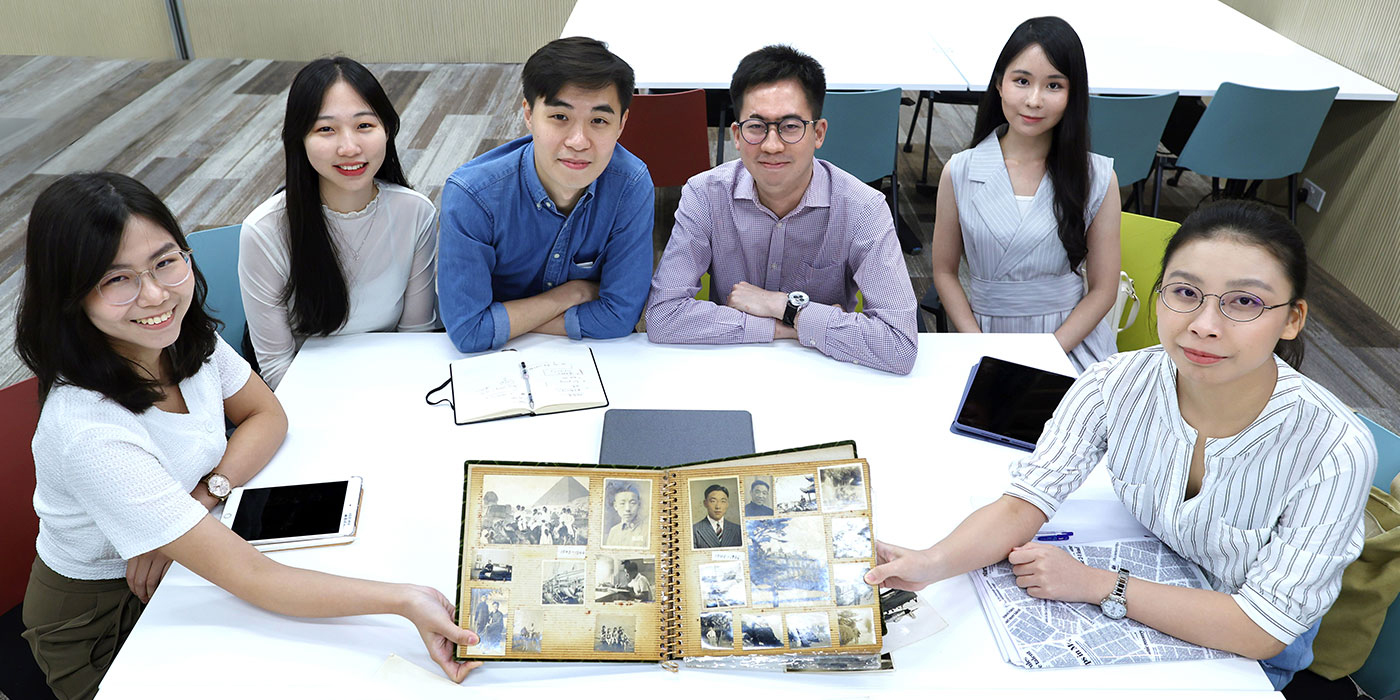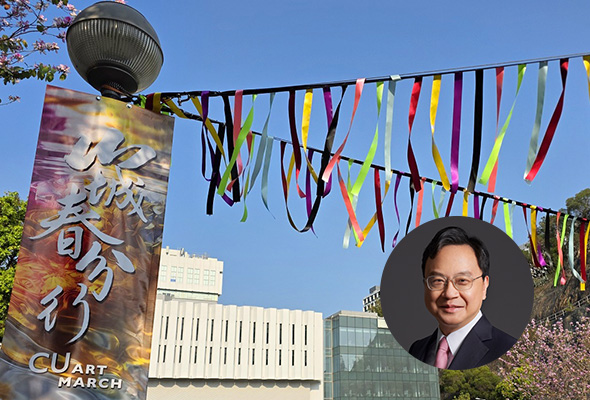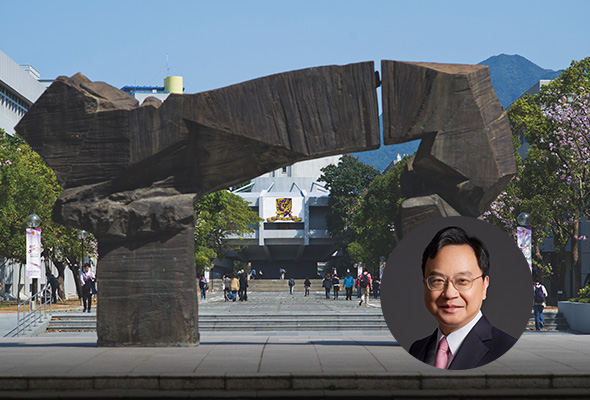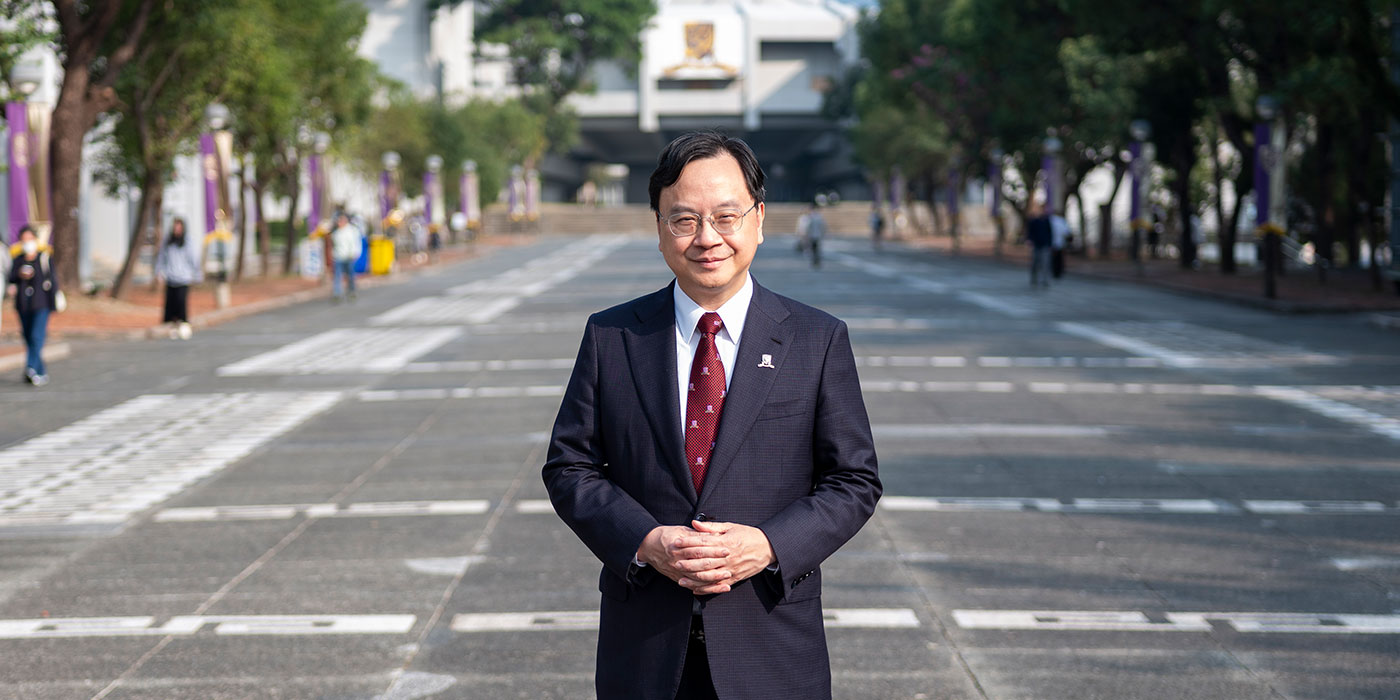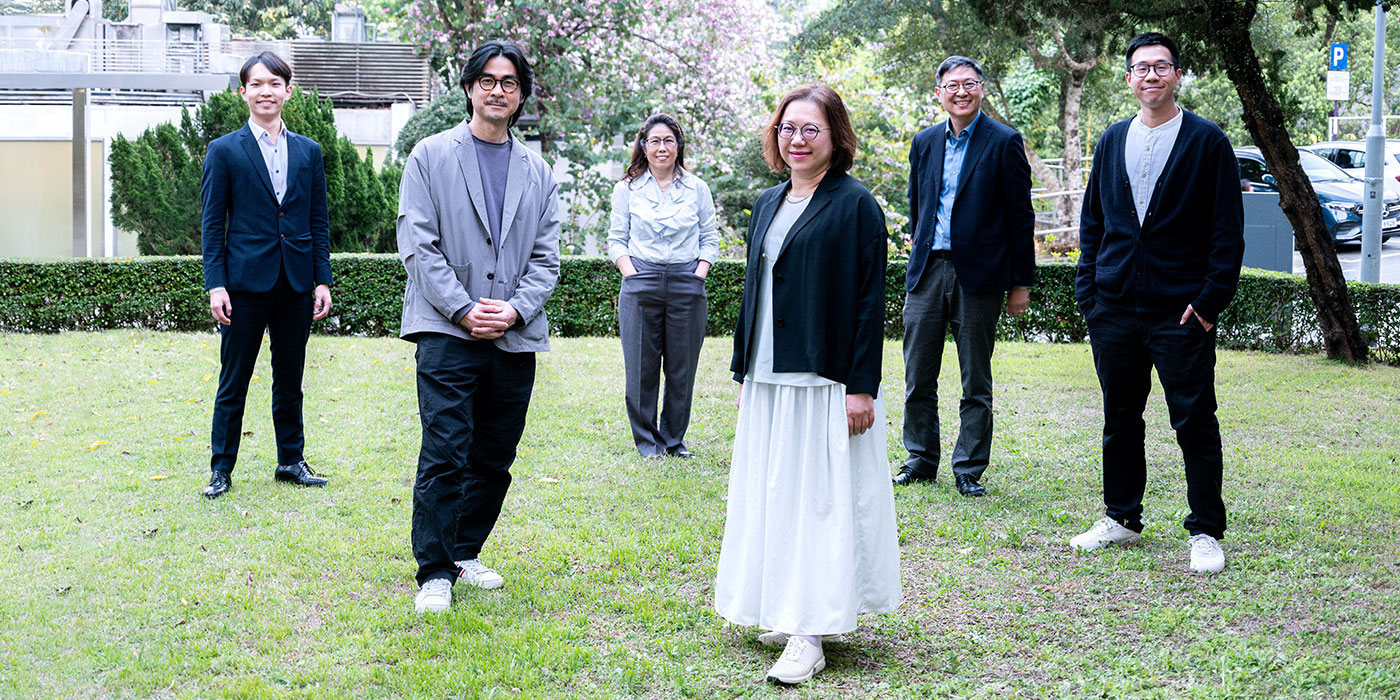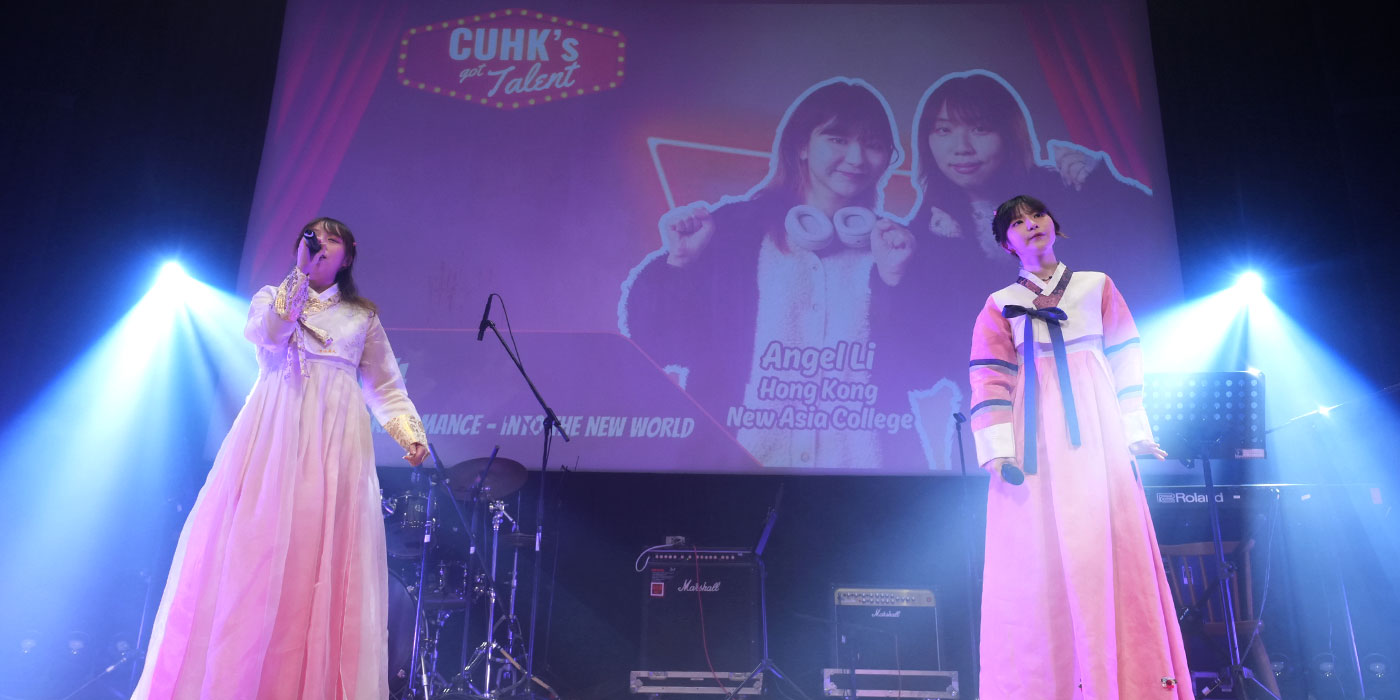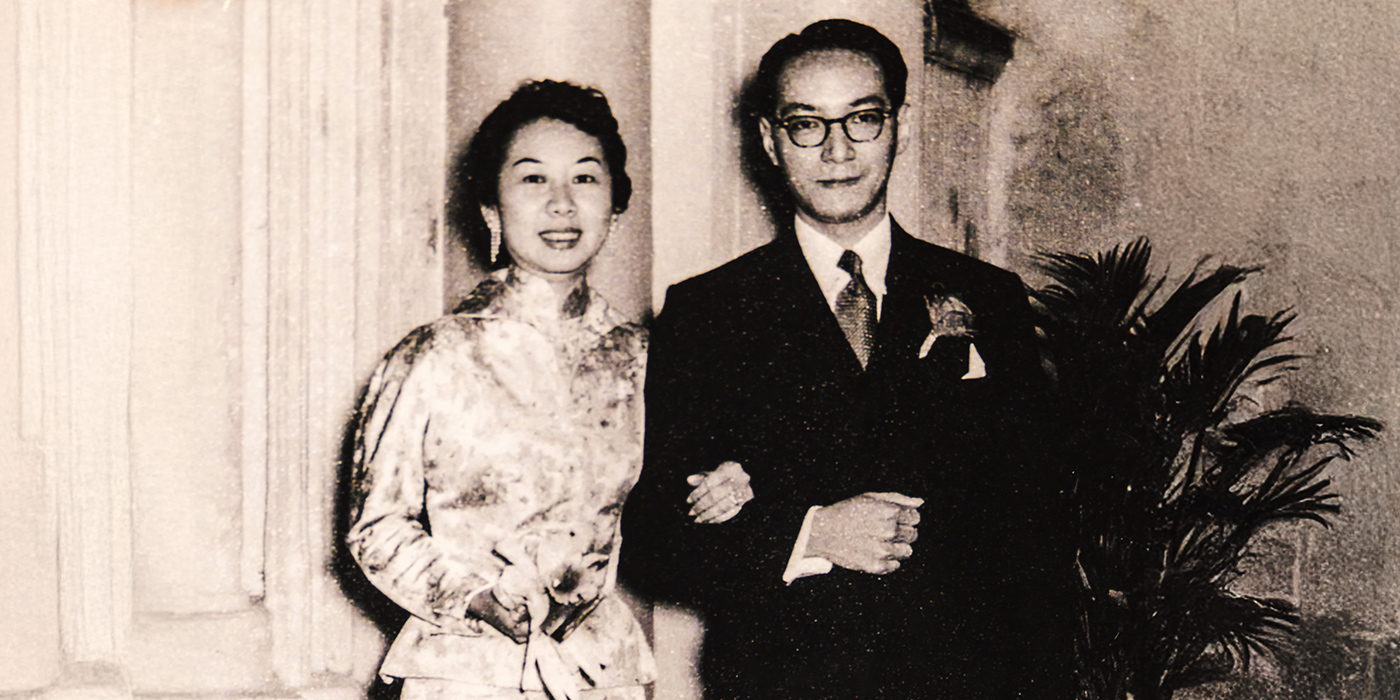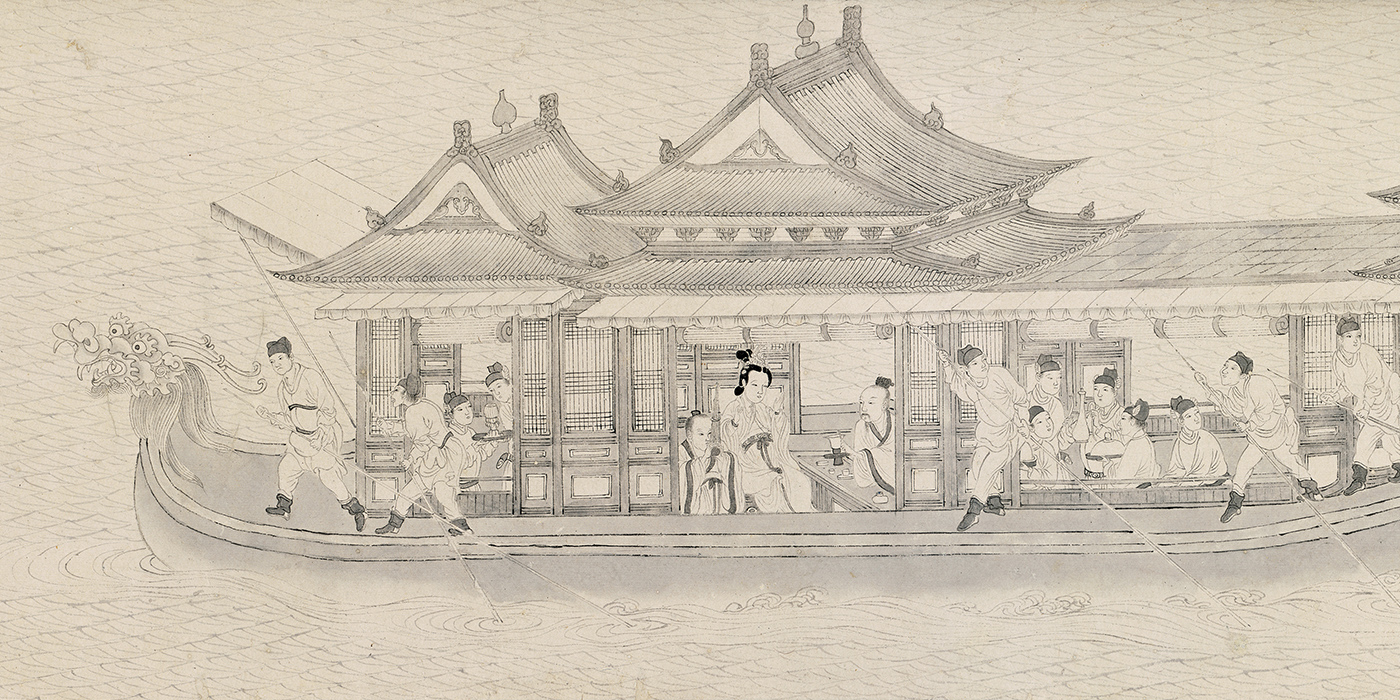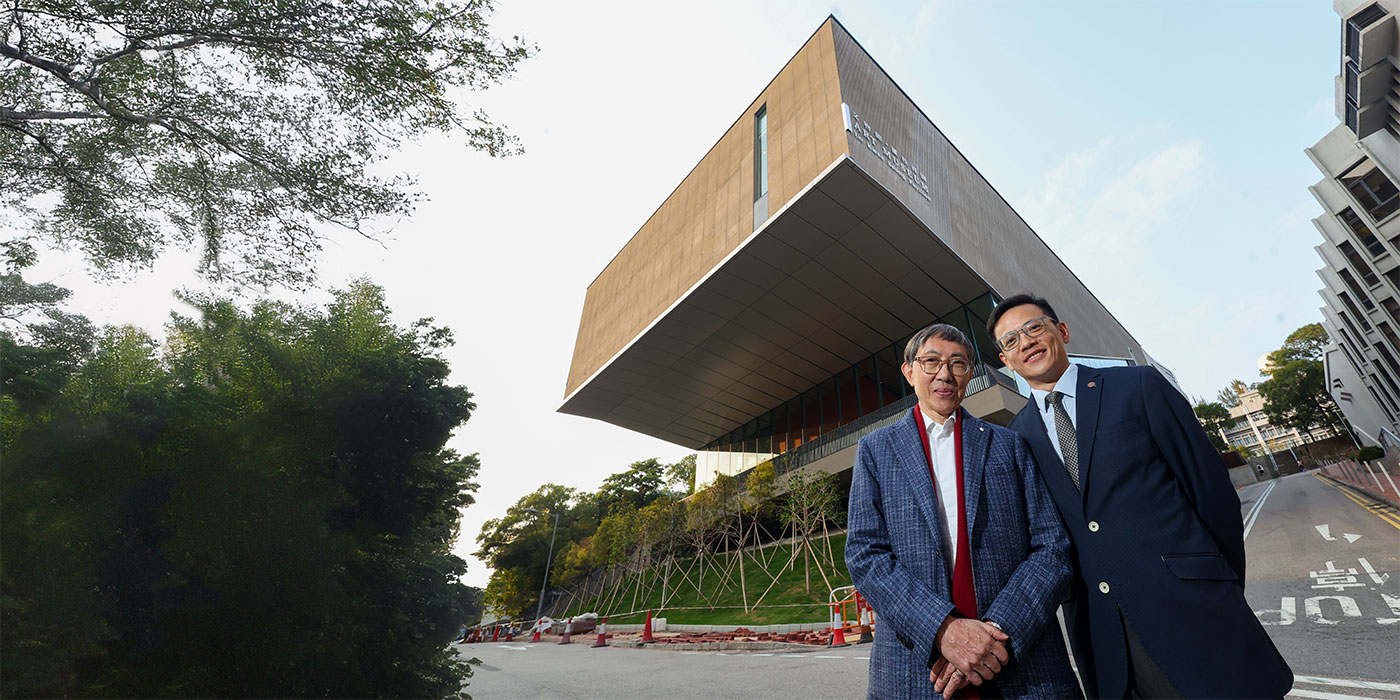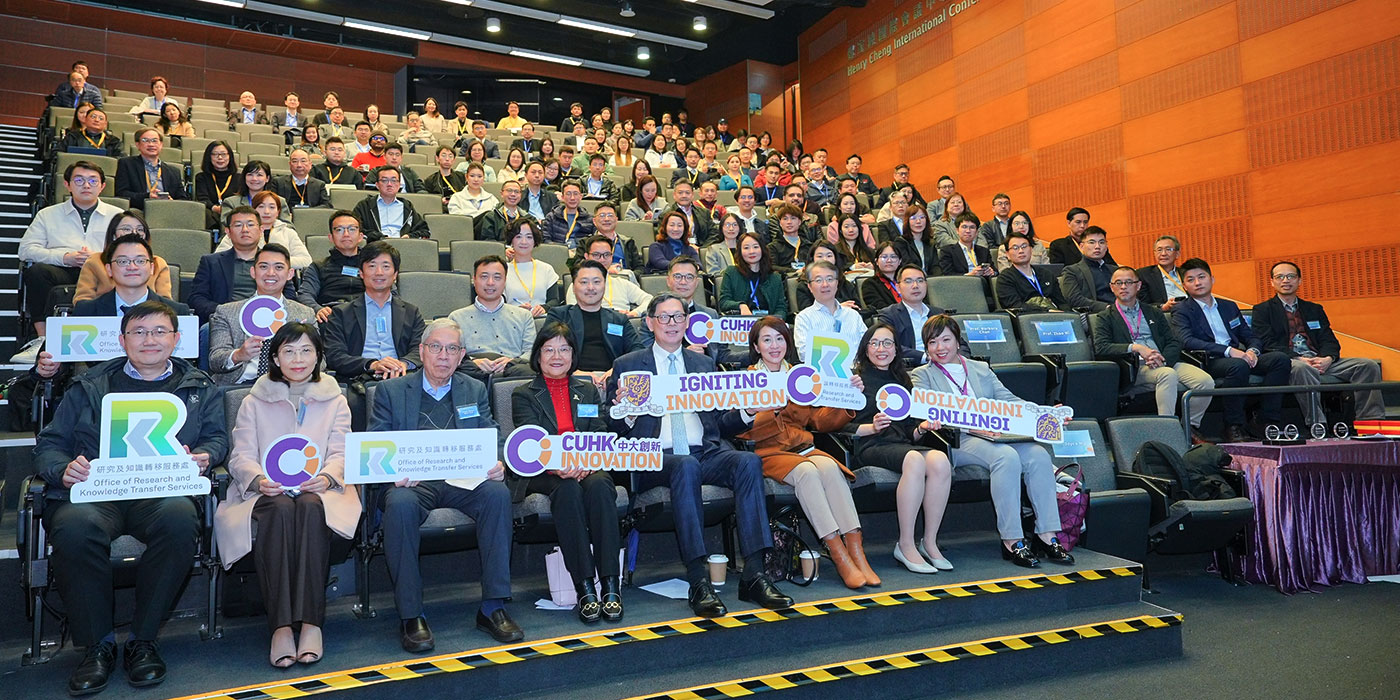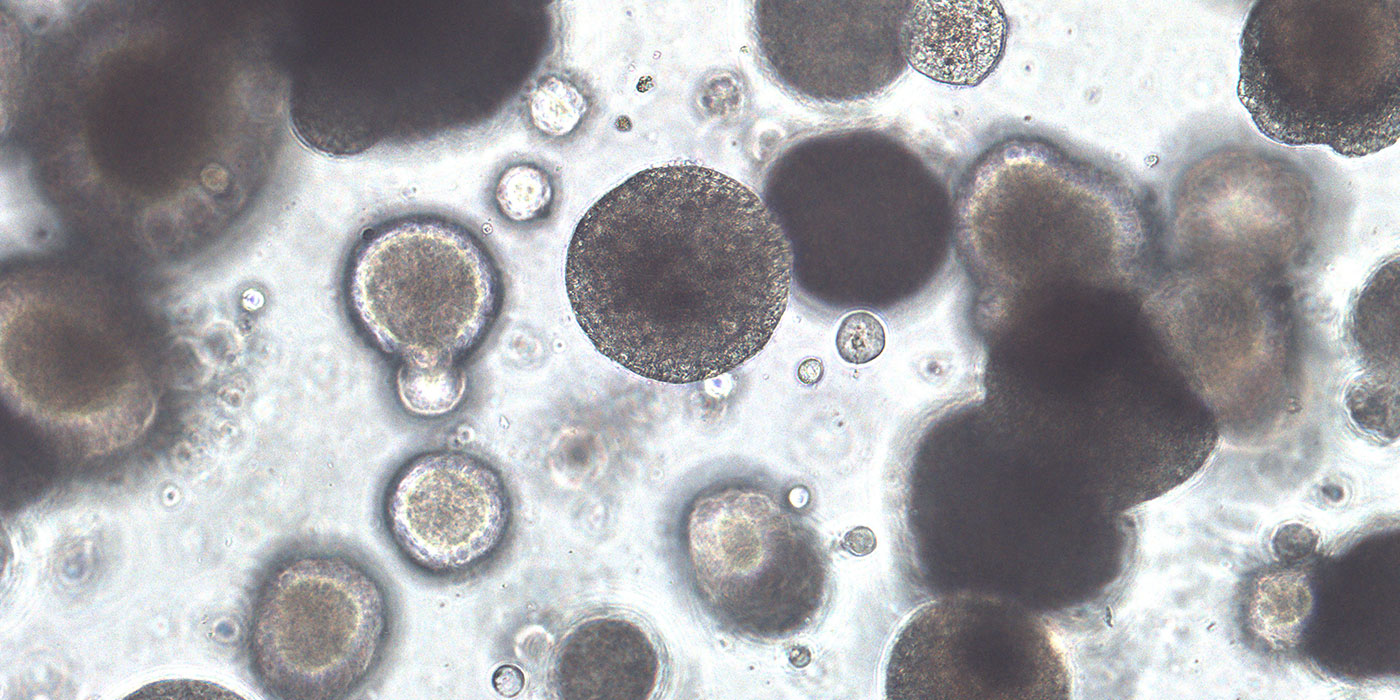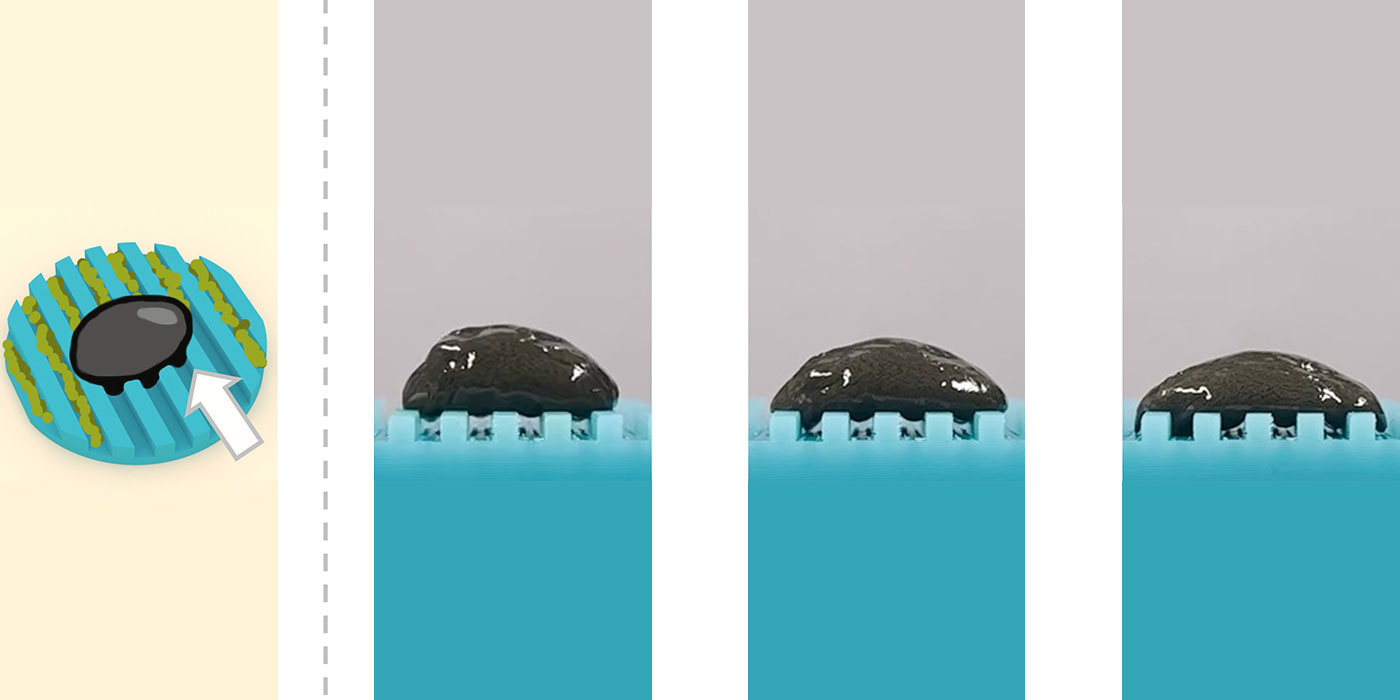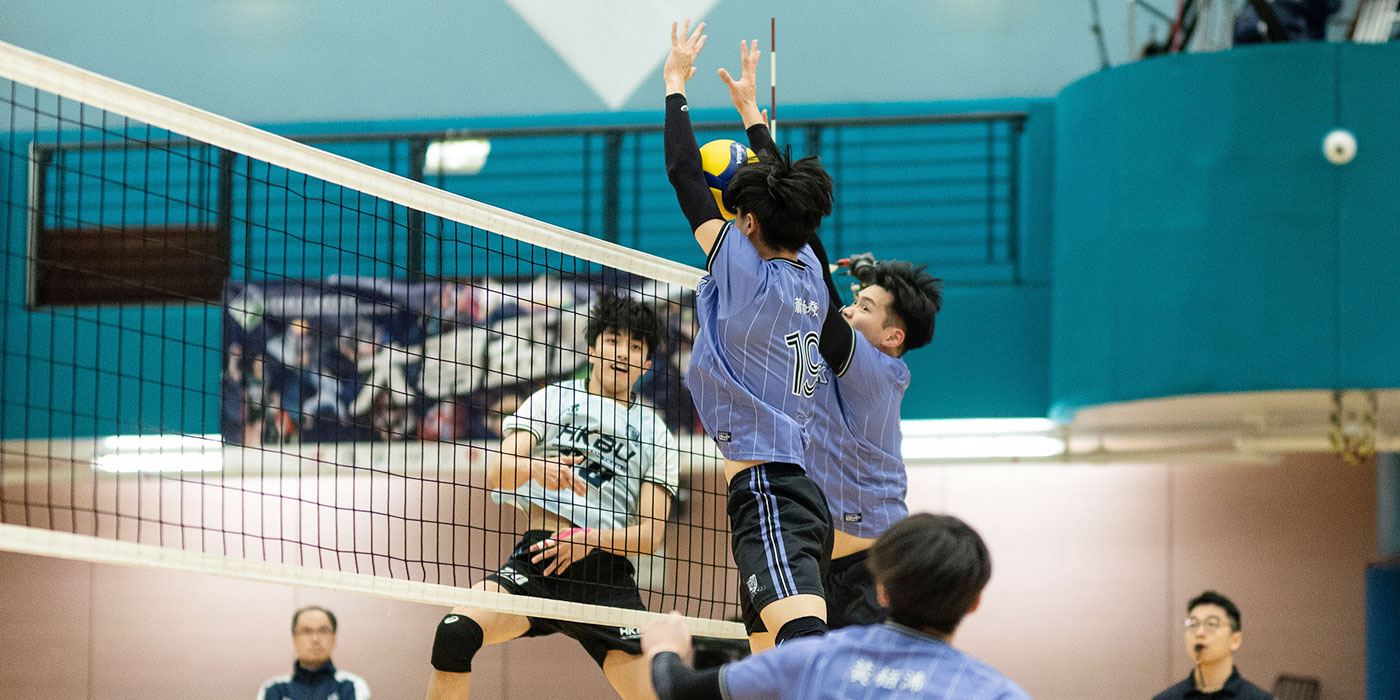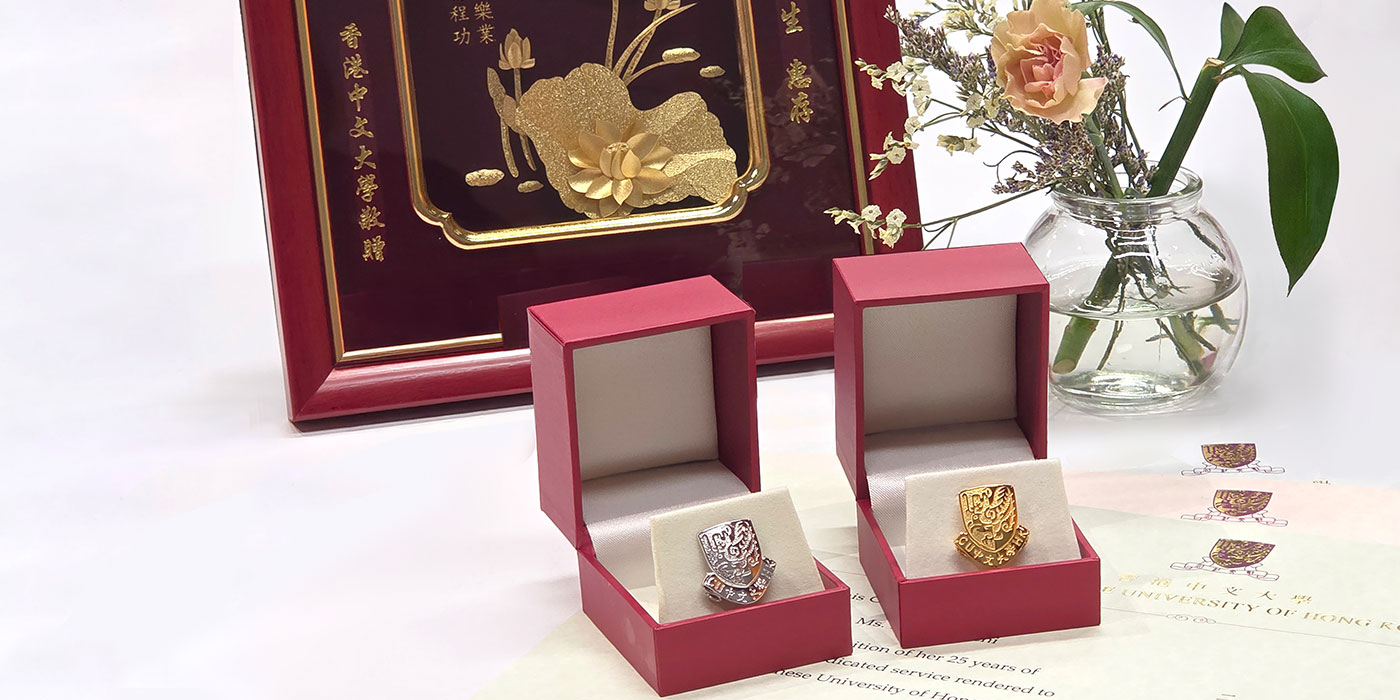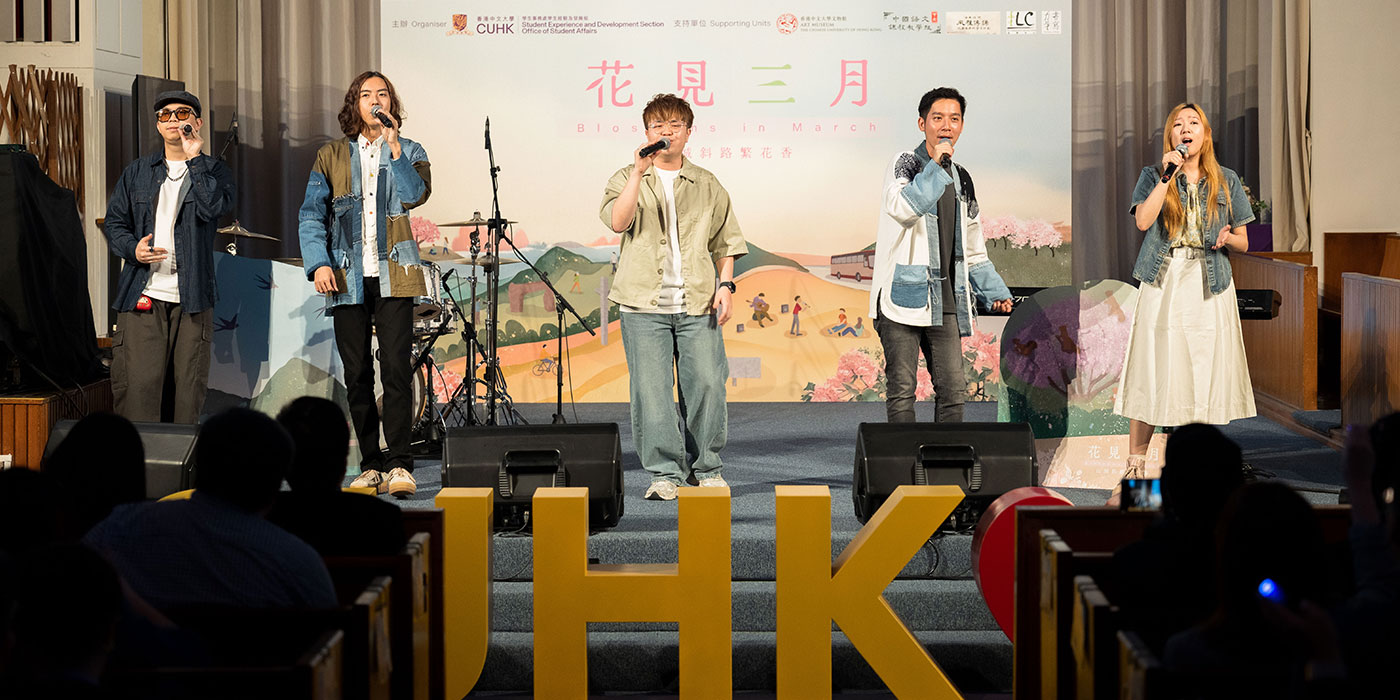The torch is theirs to hold high
Library’s exhibition on Normandy landings sheds light on forgotten history
It all started with a demolition job.
In 2015, a dilapidated tenement building in Sai Ying Pun had been marked for demolition. While clearing the flats, a group of history enthusiasts found a faded set of diaries. Their further investigation revealed one of the more obscure stories of World War Two: that of Chinese naval officer Lam Ping-yu. One of 24 naval officers sent over to the UK for training during the 1940s, Lam participated in the Normandy landings in June 1944, codenamed Operation Neptune and colloquially known as “D-Day”, which were a decisive turning point in the fortunes of the Allied forces in the war. Lam’s diaries are invaluable testimony of Chinese participation in the landings – a fact often passed over in accounts of the conflict.
Now John Mak Hiu-fai and Angus Hui Chong-yin, two history buffs who are also co-curators of a roving exhibition, seek to tell this story to a wider audience. Their efforts have unearthed a cornucopia of historical objects that tell the story of those forgotten soldiers. The breadth of the exhibits is truly breathtaking, with photo albums, newspaper clippings and ship logs among the documents collected, all building up to a detailed picture of the Chinese naval officers’ training and subsequent experiences; there was even a love letter between Lam and a woman in the UK. In late September, the pair finally brought their exhibition to CUHK, where, with the assistance of multiple volunteers from the University, they have opened it to the public at the University’s Main Library.
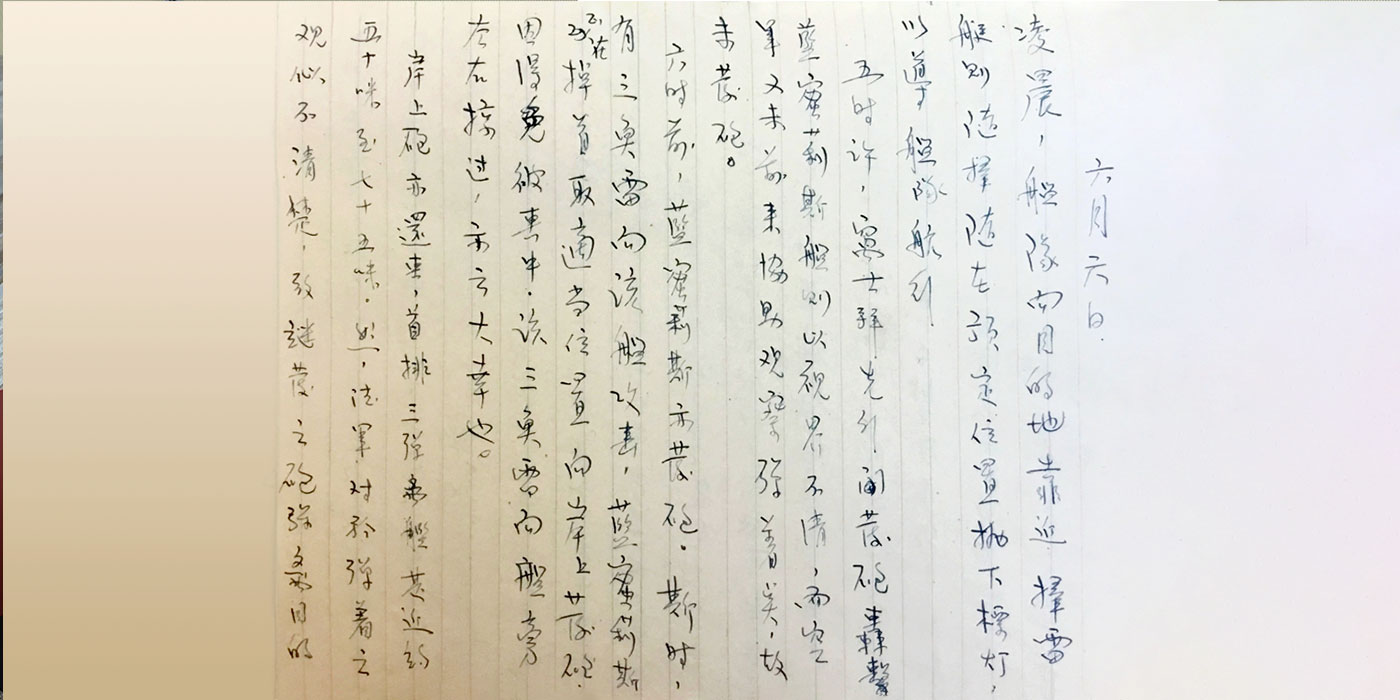
Lam describes the Normandy landings in intricate detail: for instance, while describing the preparations on the eve of D-Day, he talks of how he “saw the army’s crafts, as numerous as ants, scattered and wriggling all over the sea”; the following, fateful day, he writes of how three torpedoes were fired on his ship in the heat of battle, “narrowly [missing] the ship on both sides, which was exceptionally fortunate”. One can get an idea of the furore of 6 June 1944, of how breathless and terrifying the day must have been, from Lam’s thorough descriptions, featured heavily in the exhibition panels.
‘The eyes of Hong Kong alight on the world’
Mak and Hui first met last year, and quickly discovered a common interest in history. The latter had looked into Lam’s diaries while studying for a master’s degree some years ago, and mentioned this to his new friend. “John said to me, ‘This story shouldn’t be kept in the ivory towers of academia – how about you take it out into the world?’” With the 80th anniversary of the Normandy landings approaching, Hui thought about writing an essay to catalogue his findings. But his new friend had other ideas: “A couple of weeks later, he came back to me and said, ‘Actually, an essay can’t reach a lot of people – why don’t we try something else, like an exhibition?’ And that was how we started thinking about taking this on the road.”
With that thought in mind, the duo threw themselves into collecting more raw material on the landings. They travelled everywhere to gather exhibits: Taiwan, where they met with their contact very early in the morning; the United Kingdom, where they met with many former officers of the Royal Navy. They even spent a day helping a team in France assemble their memorials for British soldiers on the shores of Normandy. Back in Hong Kong, they also had to pick their way through a tangled web of negotiations: originally planning for a roving exhibition, they decided to first focus on an exhibition at CUHK.
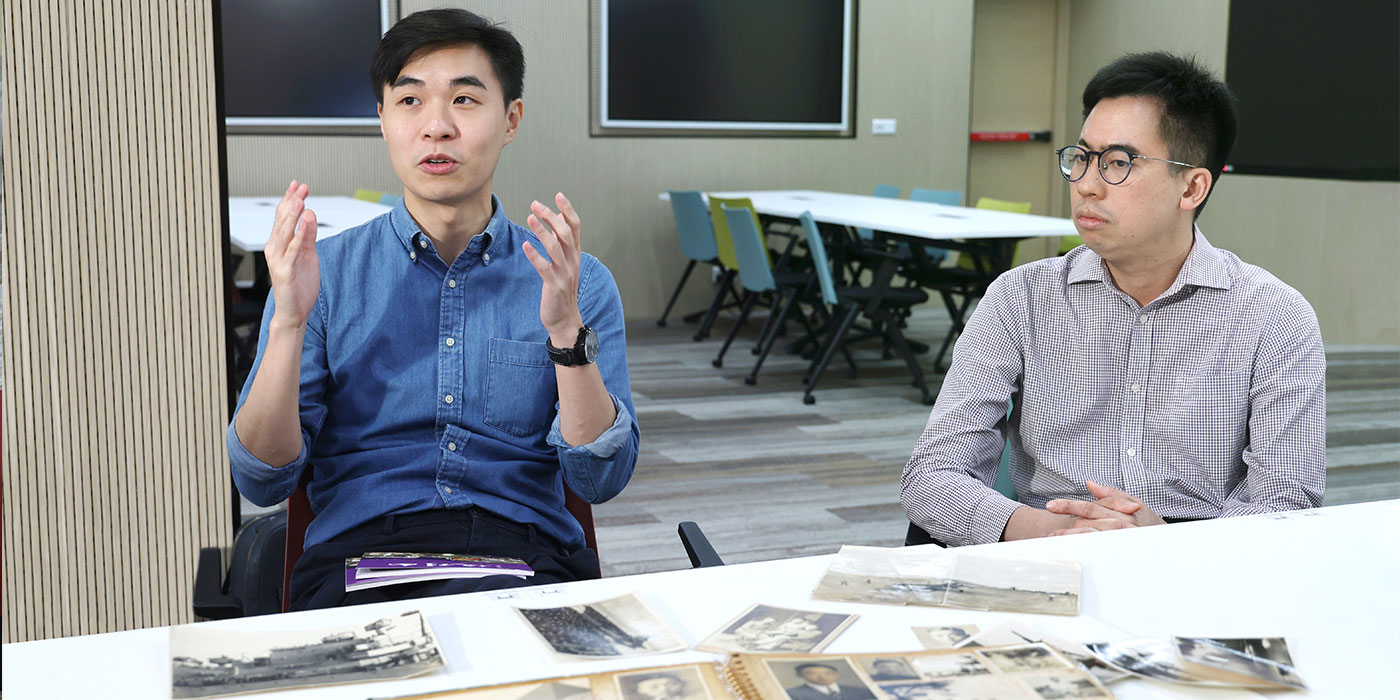
An army of support
An unexpected boost to their efforts came from former CUHK Vice-Chancellor Professor Ambrose King Yeo-chi. “We wanted somebody with prestige in the world of Chinese studies,” says Mak. “We wrote him a message, and posted it while we were in Taiwan – and he replied the very next day.” Professor King later met up with the pair to discuss their project, and a short meeting turned into a five-hour chat. The two history buffs recalled one particular line he used to sum up this exhibition: “The eyes of Hong Kong alight on the world, the eyes of the world alight on Hong Kong”. Their exhibition and research has subsequently garnered attention from many other museums around the world, all looking to gain a fuller picture of that pivotal moment in history.
To assist them on their quest, they assembled a team of students, four of whom joined Mak and Hui for their interview with CUHK in Focus. “Even in such a tiny place, it’s still possible for us to find things left behind by a naval officer in an old, condemned building. It’s amazing that such an event in a faraway part of the world can be connected to somebody from Hong Kong – it just shows that this city has been joined up to the world for years,” says Elly Lau Yuen-lam, a year 4 student of Global Studies and an early recruit to the organisation. Her colleague, Rainbow Pang Yan-tsz, agrees on the value of letting more people know about these lesser-told stories. Having just commenced her PGDE studies at CUHK, she believes that educating the next generation on such stories will enable them to better understand the whole context of the war.
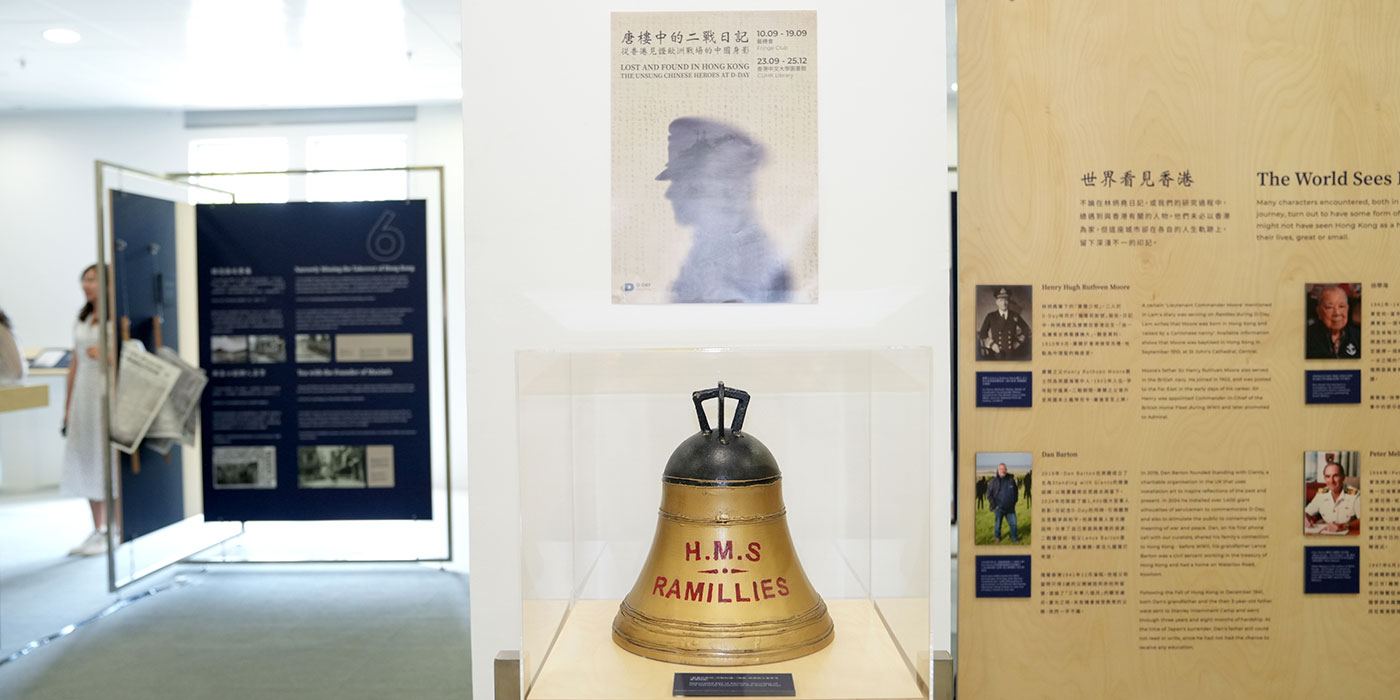
‘An illustration of the power of individual stories’
On 27 September, a gathering at the University’s Cho Yiu Hall officially celebrated the opening of this long-gestating exhibition. Among the guests were the government’s Permanent Secretary for Education, Michelle Li Mei-sheung, and CUHK Vice-Chancellor and President Professor Rocky S. Tuan. Also in attendance was Huang Shansong, the son of one of the officers who took part in the liberation of France, whose photo albums were prominently displayed in the collection.
Professor Tuan welcomed all the guests to the ceremony, and said: “We honour the sacrifices of these unsung heroes and celebrate the spirit of unity and resilience among the Allied nations during times of crisis. This enduring spirit of international collaboration remains essential as we tackle global challenges together today.” CUHK Librarian Benjamin Meunier concurred, and stated his hope that the stories of these forgotten soldiers would inspire the audience to work towards a better future.
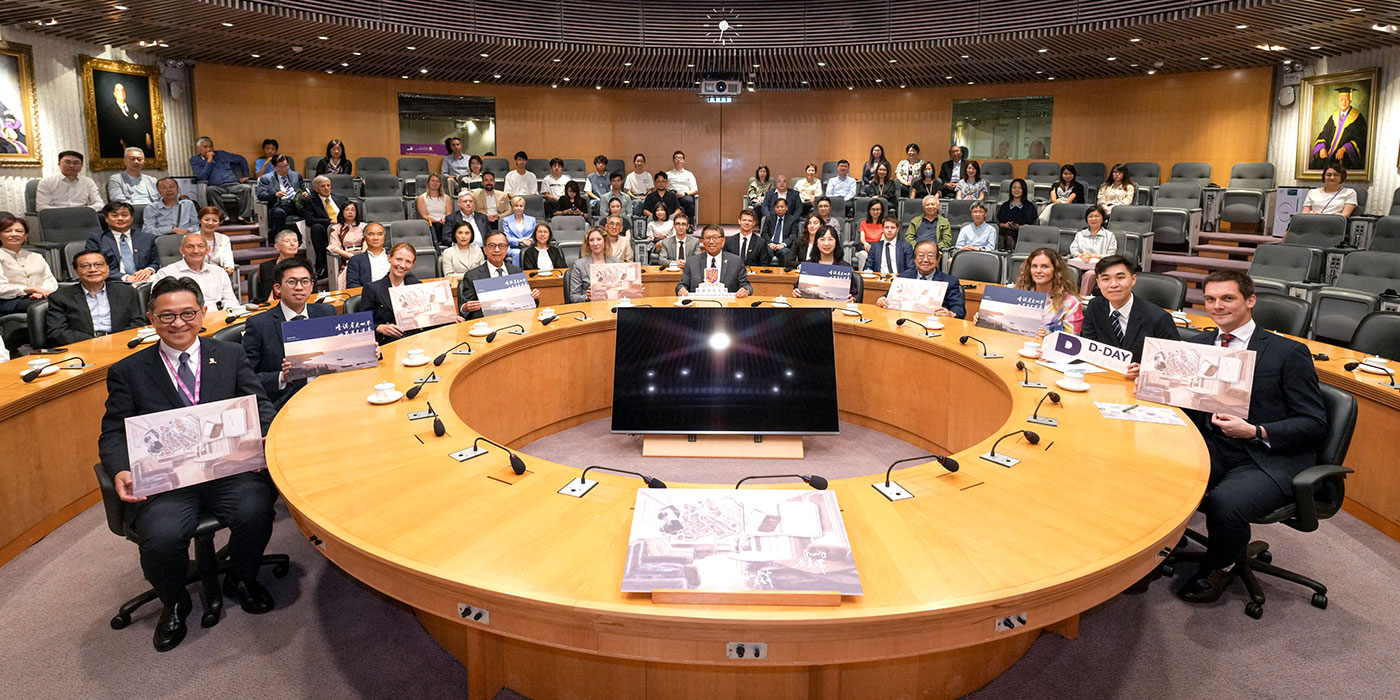
The CUHK Library exhibition ‘Lost and Found in Hong Kong: The Unsung Chinese Heroes at D-Day’ runs until 25 December, and is open to the public; non-University visitors should register at the entrance upon arrival.
By Chamois Chui
Photos by D.Lee

